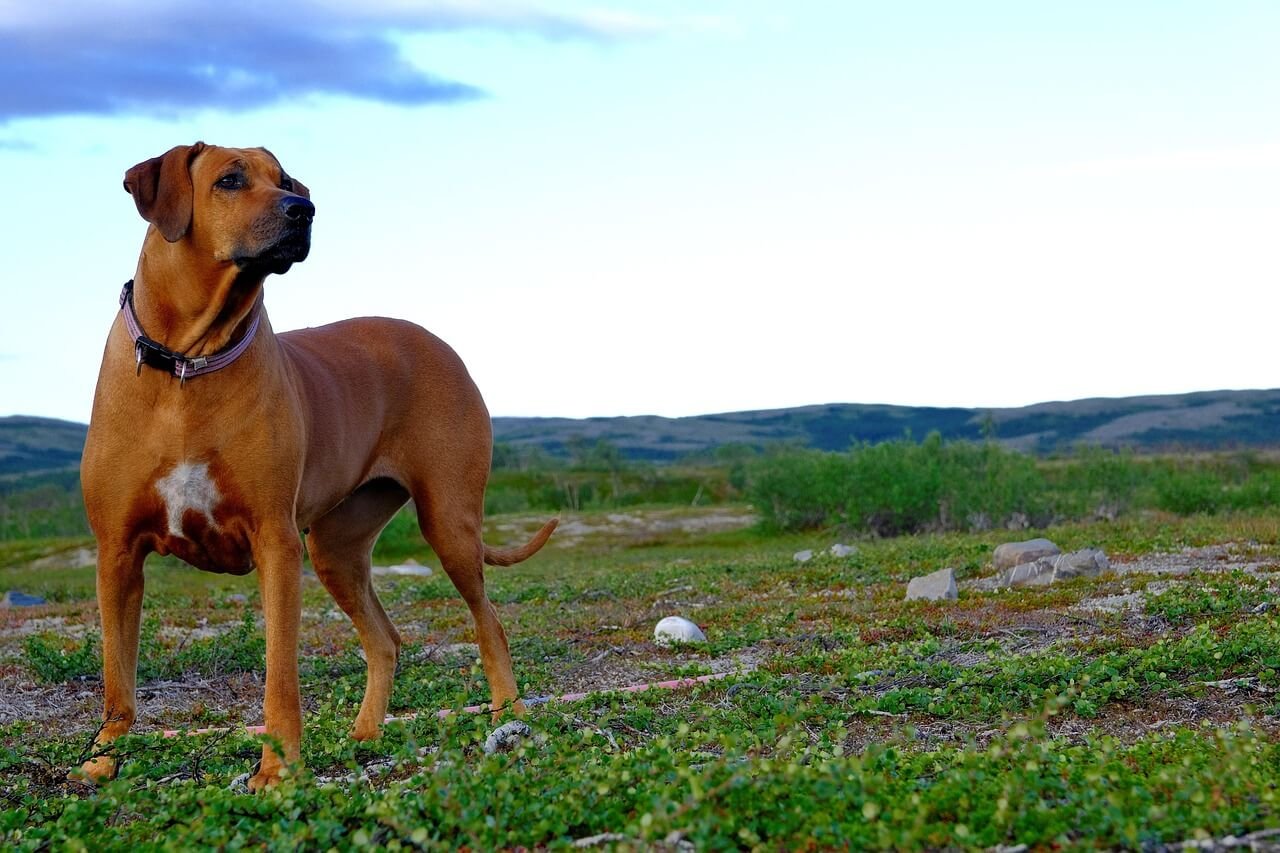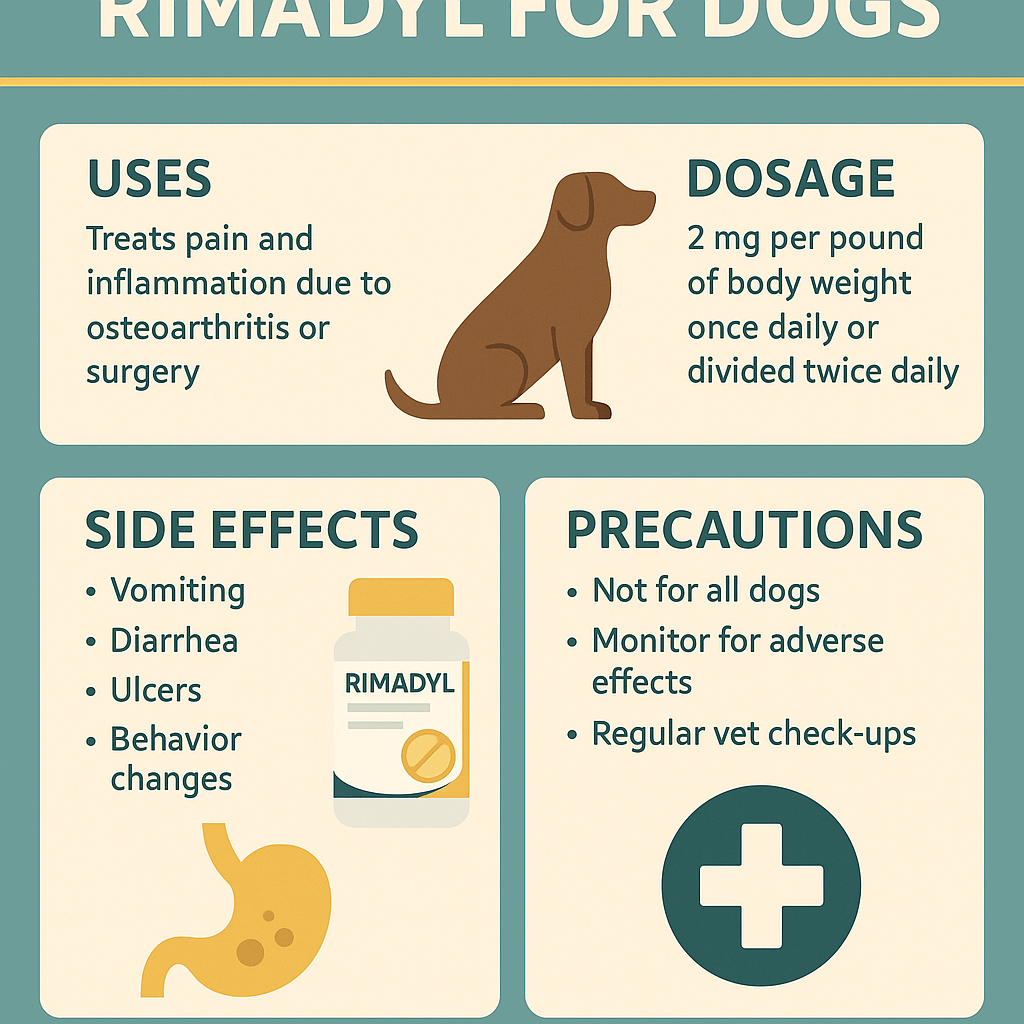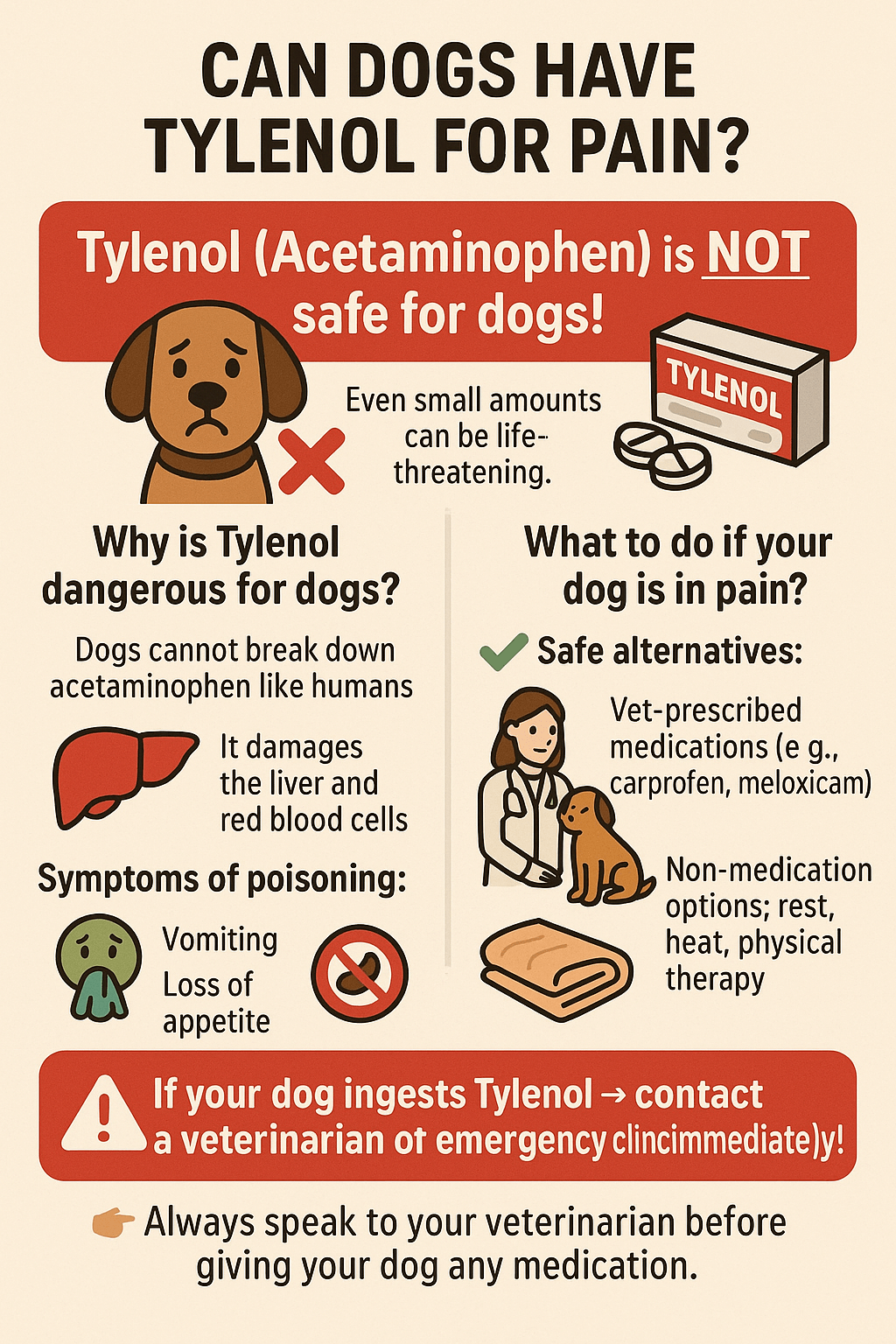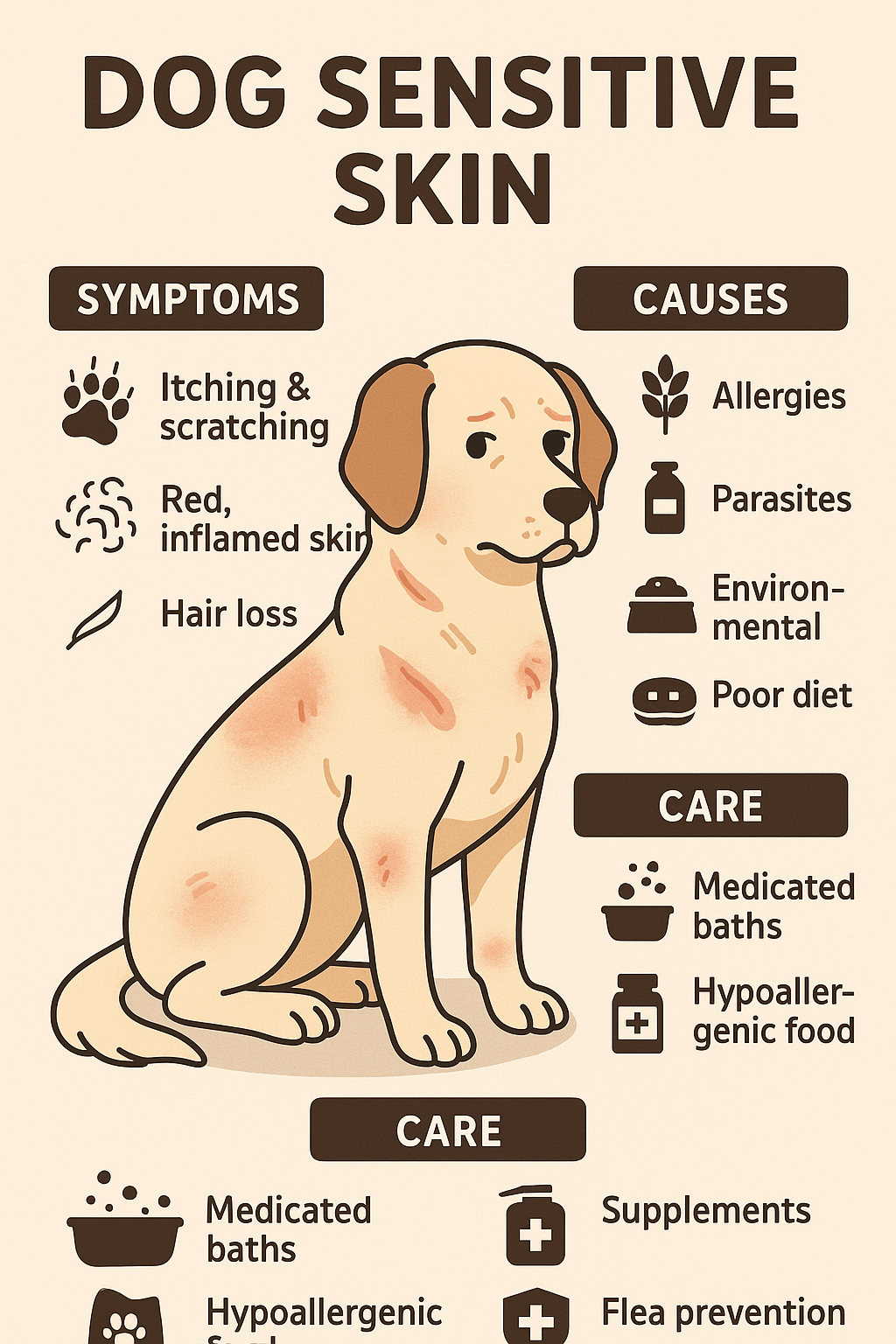Smelly Dog Paws: Why Do They Stink and How to Fix It
If you’ve ever caught a whiff of your dog’s paws and wondered why they smell like corn chips, popcorn, or something far less appetizing, you’re not alone. Smelly dog paws are a common issue among pet owners, but the cause isn’t always obvious. While some odors are harmless and simply a result of normal bacterial activity, others may indicate an underlying health problem that needs attention. In this blog post, we’ll explore the reasons behind smelly dog paws, how to identify potential issues, and practical solutions to keep your pup’s paws fresh and clean. Let’s dive into the world of paw care and ensure your dog’s feet stay as delightful as they deserve!
Common Causes of Smelly Dog Paws
The aroma emanating from your dog’s paws can stem from various sources, ranging from harmless bacteria to more serious concerns. Understanding the root cause is the first step toward addressing the issue effectively. Here are the most common culprits:
Bacteria and Yeast: Naturally occurring microorganisms on your dog’s skin can multiply, especially in warm, moist environments like between the paw pads.
Allergies: Environmental or food allergies can lead to excessive licking, which introduces bacteria and worsens odors.
Dirt and Debris: Mud, grass, and other outdoor elements can cling to your dog’s paws, trapping odors.
Sweaty Paws: Dogs sweat through their paw pads, creating a damp environment that encourages odor-causing bacteria.
Infections: Fungal or bacterial infections in the paws can produce strong, unpleasant smells and require veterinary treatment.
Identifying the specific cause of the odor is key to finding the right solution and ensuring your dog’s comfort.
How to Clean and Maintain Your Dog’s Paws
Regular cleaning and maintenance are essential for preventing smelly dog paws and keeping them healthy. With a few simple steps, you can reduce odors and prevent potential problems. Here’s how to care for your dog’s paws:
Wash Regularly: Use a gentle, pet-safe shampoo or wipes to clean your dog’s paws after walks or outdoor play.
Trim Paw Hair: Excess fur around the paws can trap dirt and moisture, so keep it trimmed for better hygiene.
Dry Thoroughly: After washing or exposure to water, dry your dog’s paws completely to prevent bacterial growth.
Inspect for Issues: Check for cuts, redness, swelling, or foreign objects lodged between the pads during cleaning sessions.
Use Paw Balms: Apply a moisturizing balm to protect the pads from cracking and provide a barrier against dirt and allergens.
By incorporating these practices into your routine, you can keep your dog’s paws fresh, healthy, and odor-free.
Check this guide 👉Understanding Dog Paw Bleeding: Best 7 Expert Tips!
Check this guide 👉Burned Dog Paws: Best 7 Health Tips!
Check this guide 👉Dog Paw Fungus: Best 7 Health Tips!
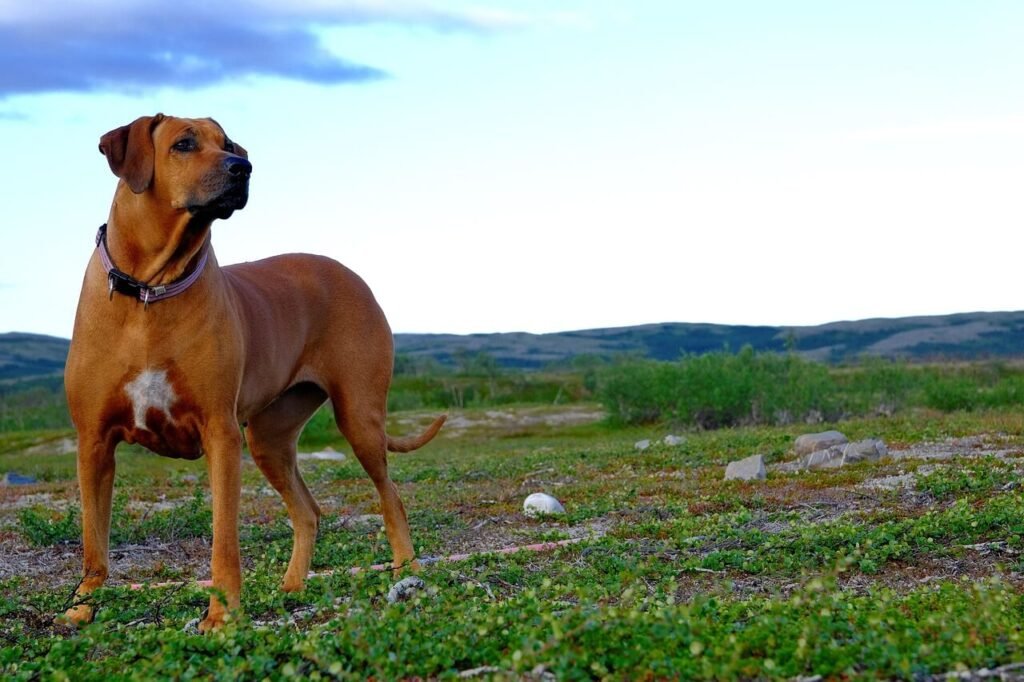
Causes of Smelly Dog Paws | Solutions to Address the Problem |
|---|---|
Bacteria and Yeast | Clean paws regularly with pet-safe products |
Allergies | Identify and manage allergens with vet help |
Dirt and Debris | Wipe paws after outdoor activities |
Sweaty Paws | Keep paws dry and use paw balms |
Infections | Consult a vet for diagnosis and treatment |
Signs Your Dog’s Paws Need Attention
While occasional odors are normal, certain signs indicate that your dog’s paws need extra care or professional attention. Here’s what to watch for:
Persistent Odor: If the smell doesn’t go away even after cleaning, it could signal an infection or other issue.
Excessive Licking or Chewing: This behavior often points to irritation, allergies, or discomfort in the paws.
Redness or Swelling: These symptoms suggest inflammation, infection, or an allergic reaction.
Limping or Reluctance to Walk: Pain or discomfort in the paws may cause your dog to avoid putting weight on them.
Discharge or Bleeding: Any unusual discharge or bleeding requires immediate veterinary evaluation.
Addressing these signs promptly can prevent minor issues from escalating into more serious health problems.
Tips to Prevent Smelly Dog Paws
Prevention is always better than dealing with persistent odors or infections. By taking proactive steps, you can minimize the chances of your dog developing smelly paws. Here are some helpful tips:
Keep Nails Trimmed: Long nails can trap dirt and bacteria, so regular trimming is essential for paw hygiene.
Limit Exposure to Irritants: Avoid walking your dog on hot pavement, salty roads, or areas treated with chemicals.
Provide a Balanced Diet: Proper nutrition supports skin health and reduces the likelihood of allergies affecting the paws.
Use Protective Gear: Consider dog booties for walks in harsh weather or rough terrain to shield their paws.
Schedule Routine Vet Check-Ups: Regular exams help catch potential issues early before they become problematic.
By following these preventive measures, you can keep your dog’s paws healthy and smelling fresh.
What Not to Do When Addressing Your Dog’s Paw Odor
While it’s tempting to try quick fixes for smelly dog paws, some approaches can do more harm than good. Avoiding these common mistakes ensures your dog’s paws stay healthy and irritation-free. Here’s what to steer clear of:
Using Human Products: Shampoos or soaps designed for humans can irritate your dog’s sensitive skin and worsen odors.
Overwashing the Paws: Frequent washing can strip the skin of natural oils, leading to dryness and increased bacterial growth.
Ignoring Allergies: Failing to address underlying allergies can result in persistent paw licking and odor issues.
Skipping Drying After Cleaning: Leaving your dog’s paws damp creates a breeding ground for bacteria and yeast.
Neglecting Regular Inspections: Not checking your dog’s paws regularly can cause minor problems to escalate into infections.
By avoiding these pitfalls, you can maintain your dog’s paw health and prevent unpleasant smells from recurring.
Gentle, At-Home Solutions to Freshen Up Your Dog’s Paws
If you prefer natural remedies, there are several safe and effective ways to tackle smelly dog paws without harsh chemicals. These solutions are easy to prepare and gentle on your pup’s skin. Here are some ideas to try:
Baking Soda Soak: Mix baking soda with water to create a paste, apply it to the paws, and rinse thoroughly to neutralize odors.
Apple Cider Vinegar Rinse: Dilute apple cider vinegar with water and use it as a paw rinse to combat bacteria and yeast.
Coconut Oil Treatment: Rub a small amount of coconut oil on the paws to moisturize and reduce odor-causing microbes.
Herbal Foot Soak: Steep chamomile or calendula tea, let it cool, and soak your dog’s paws for soothing relief.
Epsom Salt Soak: Dissolve Epsom salt in warm water and soak your dog’s paws to reduce swelling and eliminate odors.
These natural remedies can be a great addition to your paw care routine, but always consult your vet if symptoms persist or worsen.
The Role of Nutrition in Preventing Smelly Paws
Believe it or not, your dog’s diet plays a significant role in their paw health. Poor nutrition can lead to skin issues, excessive licking, and unpleasant odors. Here’s how diet impacts your dog’s paws and what you can do about it:
Allergenic Ingredients: Foods containing common allergens like wheat, soy, or artificial additives can trigger paw licking and irritation.
Omega-3 Fatty Acids: Adding fish oil or flaxseed oil to your dog’s diet promotes healthy skin and reduces inflammation.
Probiotics: A balanced gut microbiome supports overall health, including skin and paw condition.
Hydration: Ensuring your dog drinks enough water keeps their skin hydrated and less prone to cracking or odor buildup.
Balanced Nutrition: A high-quality diet rich in vitamins and minerals strengthens your dog’s immune system and skin barrier.
By focusing on proper nutrition, you can address the root causes of smelly paws and improve your dog’s overall well-being.
Frequently Asked Questions About Smelly Dog Paws
Why do my dog’s paws smell like corn chips?
The “corn chip” smell is caused by naturally occurring bacteria and yeast on your dog’s paws.
How often should I clean my dog’s paws?
Clean your dog’s paws after muddy walks or outdoor play, and perform a thorough cleaning once a week.
Can allergies cause smelly paws?
Yes, allergies can lead to excessive licking, which introduces bacteria and worsens odors.
What should I use to clean my dog’s paws?
Use pet-safe wipes, a gentle shampoo, or a mixture of water and mild soap specifically designed for dogs.
When should I see a vet about my dog’s paws?
Consult a vet if the odor persists, there’s visible swelling or redness, or your dog shows signs of pain or discomfort.
Final Thoughts: Keeping Your Dog’s Paws Fresh and Healthy
Smelly dog paws might seem like a minor inconvenience, but they can sometimes point to larger issues that require attention. By understanding the causes, recognizing warning signs, and implementing proper care routines, you can keep your dog’s paws clean, healthy, and odor-free. Regular maintenance, combined with preventive measures, ensures your furry friend stays comfortable and happy. Remember, your dog’s paws are their connection to the world—keeping them in top shape is one of the best ways to show your love and care. So grab those wipes, trim those nails, and give those paws the TLC they deserve!
Rimadyl for Dogs: Best 7 Expert Tips! Discover expert advice on using Rimadyl safely, managing pain, and improving your dog’s mobility with trusted veterinary insights.
Can Dogs Have Tylenol for Pain? Best 7 Expert Tips! Discover the risks, safe alternatives, and expert advice on managing your dog’s pain effectively while avoiding harmful medications.
Understanding Hemophilia in Dogs: Best 7 Expert Tips! Discover expert advice on managing hemophilia, recognizing symptoms, and ensuring your dog’s well-being with practical care strategies.
Understanding Dog Sensitive Skin: Best 7 Expert Tips! Discover expert advice on managing dog sensitive skin, relieving irritation, and improving your pup’s comfort with practical solutions.

